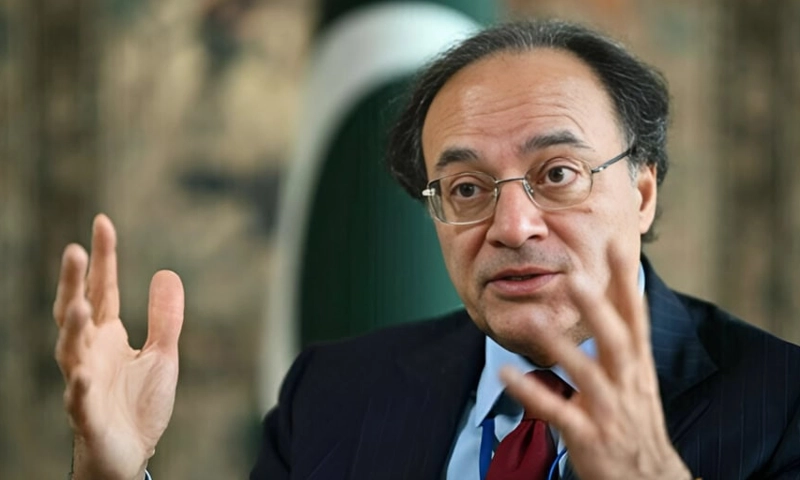- Web Desk
- 1 Hour ago

Agriculture and industry sectors struggle, but growth prospects remain
-

- Web Desk Karachi
- Jan 28, 2025

ISLAMABAD: The government on Monday, acknowledged a contraction in two out of the three major real economic sectors—agriculture and industry—indicating slower economic growth than anticipated. However, authorities pointed out that Pakistan remains “well-positioned for sustained growth momentum this year, backed by IMF-supported policy reforms, monetary easing, and fiscal consolidation.”
In its half-yearly ‘State of Economy Report’, the Ministry of Finance (MoF) attributed the slowdown in agricultural growth to the high base effect from last fiscal year and decreased production in key crops such as cotton, rice, sugarcane, and maize.
The report stated that the growth of important crops fell by 11.19 percent in the first quarter of this year due to these factors, including a 29.6% decline in cotton and a 15.6 percent drop in maize. It was noted that wheat did not impact this quarter’s results as it was neither sown nor harvested during that time.
In the industrial sector, while growth remained negative, the rate of contraction eased from 4.43 percent last year to 1.03 percent this year, signalling some gradual improvement. The report discussed the economic recovery achieved in FY24, which saw a GDP growth rate of 2.5 percent compared to a contraction of 0.2 percent in FY23, and a positive growth of 0.92 percent in the first quarter of FY25. However, this represents a slowdown from the 2.3 percent growth recorded in the previous year, particularly in the agricultural sector.
Also read: Senate told agriculture sector drives 2.9 per cent of GDP
Interest rates have fallen in the wake of significant inflationary pressures peaking during FY23. This decline, driven by effective policy measures, lowering global commodity prices, and stable exchange rates, allowed for a stimulus in economic activity through a 1,000 basis points reduction in the State Bank of Pakistan’s policy rate.
This easing of monetary policy, along with a more favourable environment for industry and consumers, is expected to bolster economic momentum. The external sector is also showing signs of improvement, with increased remittance inflows and strong export performance contributing to a much-improved current account balance. Foreign direct investment (FDI) saw a 20 percent growth, particularly in the energy and financial sectors, while the rupee maintained stability against the dollar, thanks to strengthened foreign exchange reserves and sound fiscal management.
On the fiscal side, increased revenue mobilization efforts led to a significant rise in both tax and non-tax revenues, resulting in a marked reduction in the fiscal deficit. The MoF did not mention the nearly five-month drought-like conditions but noted that high-frequency indicators, such as machinery investment and water availability, suggest a positive future outlook for growth in agriculture.
The services sector is anticipated to maintain its positive trajectory, driven by a resurgence in domestic activity and trade growth. The report highlighted a $1.21 billion current account surplus for July-December FY25, attributed to record remittance inflows and strong export performance, which helped counterbalance rising import costs. Foreign exchange reserves are currently sufficient to cover over two months of imports, supported by IMF disbursements and international financial support.
Additionally, the government has managed to reduce the fiscal deficit to just 0.04 percent of GDP from July to November FY25, a significant improvement from the previous year’s figures. This success was bolstered by strong tax and non-tax revenue growth, particularly due to record State Bank profits stemming from a 22 percent policy rate.
With fortified economic fundamentals, decreased inflation, and growing investor confidence, Pakistan is well-prepared for ongoing growth throughout FY25. Key policy initiatives, including monetary easing and support for exports, are fostering an environment conducive to growth driven by the private sector.





